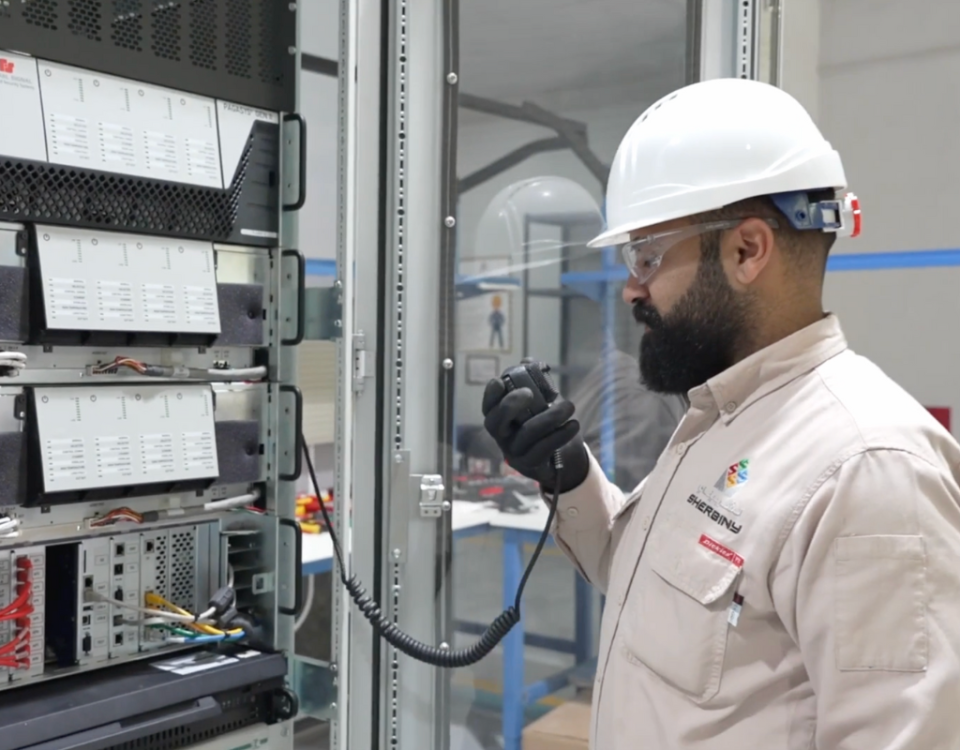Safety is paramount in industries that deal with hazardous materials such as oil and gas, petrochemicals, mining, and marine environments. Fire and gas detection systems are critical components in these industries, detecting the presence of toxic substances and flammable gases in the air. In this article, we will explore fire and gas detection system services in Saudi Arabia, and how they ensure the safety of employees in hazardous environments.
Fire and gas detection systems
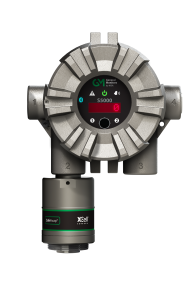
Fire and gas detection systems are critical in hazardous environments. These systems are designed to detect the presence of flammable gases and toxic substances, alerting employees of potential hazards and allowing them to take immediate action to prevent accidents.
Industries that rely heavily on fire and gas detection systems include the oil and gas, petrochemical, and mining sectors. In the oil and gas industry, these systems are used to detect the presence of flammable gases such as methane, propane, and butane. The detection of these gases is crucial as they can cause fires and explosions.
In the petrochemical industry, fire and gas detection systems are used to monitor hazardous chemical levels and detect the presence of toxic gases such as hydrogen sulfide, carbon monoxide, and chlorine. These gases can cause respiratory problems, unconsciousness, and even death.
Mining is another industry that heavily relies on fire and gas detection systems. These systems are used to detect the presence of flammable gases such as methane and propane, which can cause explosions and fires in underground mines.
Ultrasonic sensors
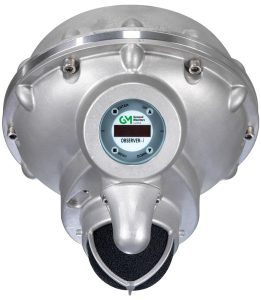
Ultrasonic sensors are crucial components of fire and gas detection systems, using sound waves to detect the presence of gases and liquids in the air.
These sensors are widely used in high-risk industries such as the oil and gas industry, the petrochemical industry, and the mining industry to detect hazards and prevent accidents. They can detect leaks in pipelines and storage tanks, monitor hazardous chemical levels, and detect toxic gases.
In the oil and gas industry, ultrasonic sensors play a critical role in ensuring safety. They are used to detect leaks in pipelines and storage tanks, enabling workers to respond quickly and prevent accidents such as fires and explosions. These sensors are also used to monitor pressure levels in equipment, helping workers to identify potential problems before they become serious.
In the petrochemical industry, safety ultrasonic sensors are used to monitor hazardous chemical levels, ensuring that workers are not exposed to dangerous substances. These sensors can detect leaks or spills, allowing workers to take quick action and prevent any potential harm.
In the mining industry, ultrasonic sensors are used to detect toxic gases, protecting workers from harmful substances that may be present in the air. These sensors can detect gases such as methane, which can cause explosions and pose a serious risk to workers.
H2S gas detectors
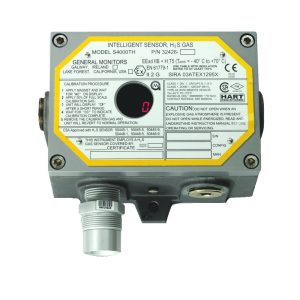
Hydrogen sulfide gas is highly toxic and can cause serious health problems or even death in high concentrations. In industries such as oil and gas, petrochemicals, and mining, workers are often exposed to this gas, making it essential to have reliable H2S gas detectors installed. These detectors are critical components of fire and gas detection systems and are designed to detect the presence of hydrogen sulfide gas.
The oil and gas industry uses H2S gas detectors extensively, as hydrogen sulfide is a common byproduct of drilling and refining operations. These detectors are used to monitor the levels of hydrogen sulfide gas in the air, ensuring that workers are not exposed to dangerous concentrations of this gas.
The petrochemical and mining industries also use H2S gas detectors to monitor hazardous chemical levels and detect toxic gases. In petrochemical plants, these detectors are used to monitor the levels of hydrogen sulfide gas, which is a byproduct of certain chemical reactions. In the mining industry, these detectors are used to detect the presence of hydrogen sulfide gas in underground mines, where workers are at risk of exposure.
Marine gas detection systems
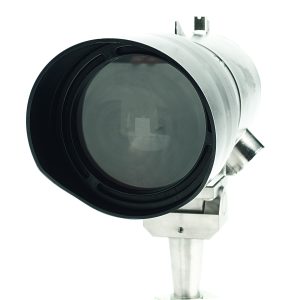
Marine gas detection systems are essential components of offshore environments such as oil rigs and drilling platforms, as well as the shipping industry, where hazardous substances can pose a serious threat to human health and the environment.
These systems are designed to detect the presence of flammable gases and toxic substances and alert employees of potential hazards. They use advanced technology to monitor the air quality and detect any dangerous gases, allowing for quick action to be taken to prevent accidents.
In the offshore oil and gas industry, marine gas detection systems are crucial to ensuring the safety of employees working in these hazardous environments. They are used to detect gas leaks, enabling workers to respond quickly and appropriately, thereby reducing the risk of explosions and fires.
Marine gas detection systems are also used in the shipping industry to monitor cargo and detect hazardous substances. With the help of these systems, shipping companies can comply with regulations and prevent any potential damage to the cargo or environment.

